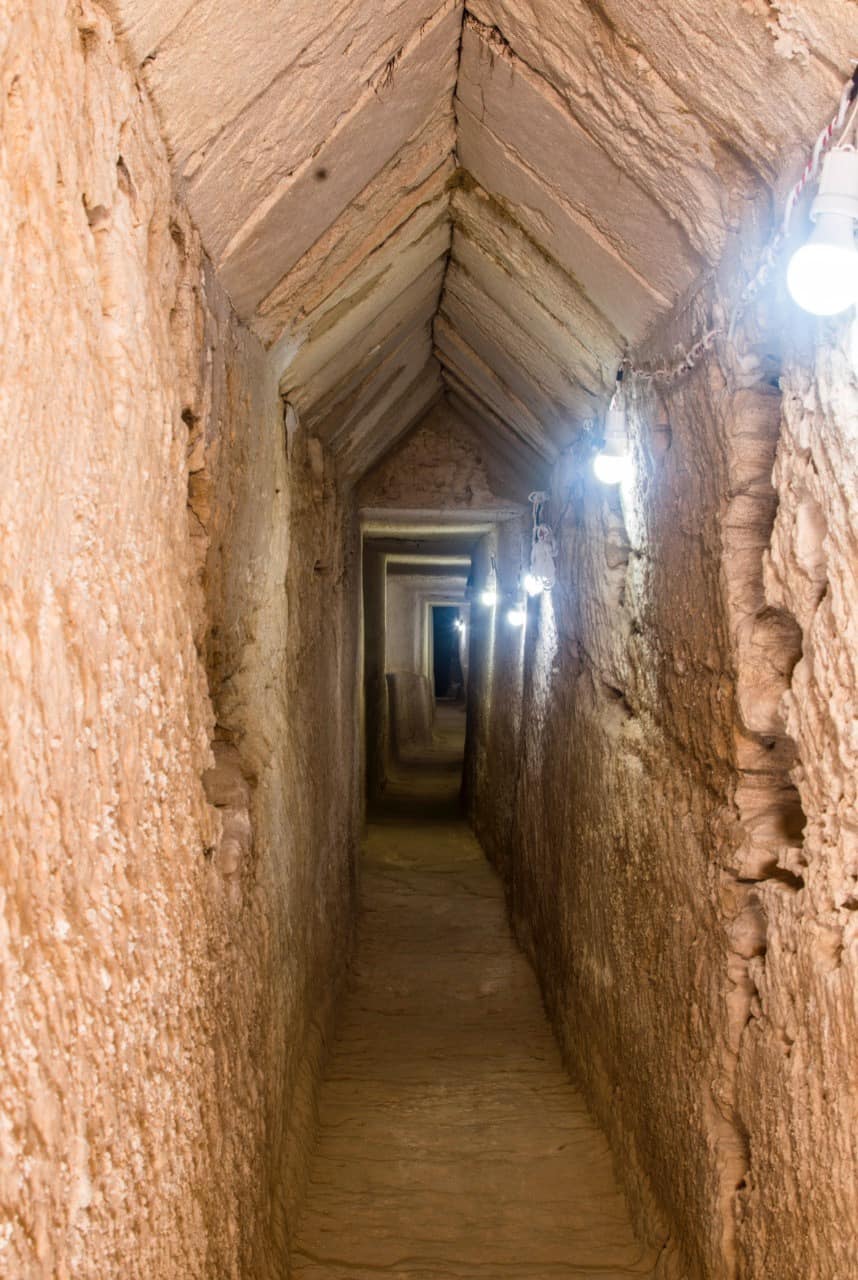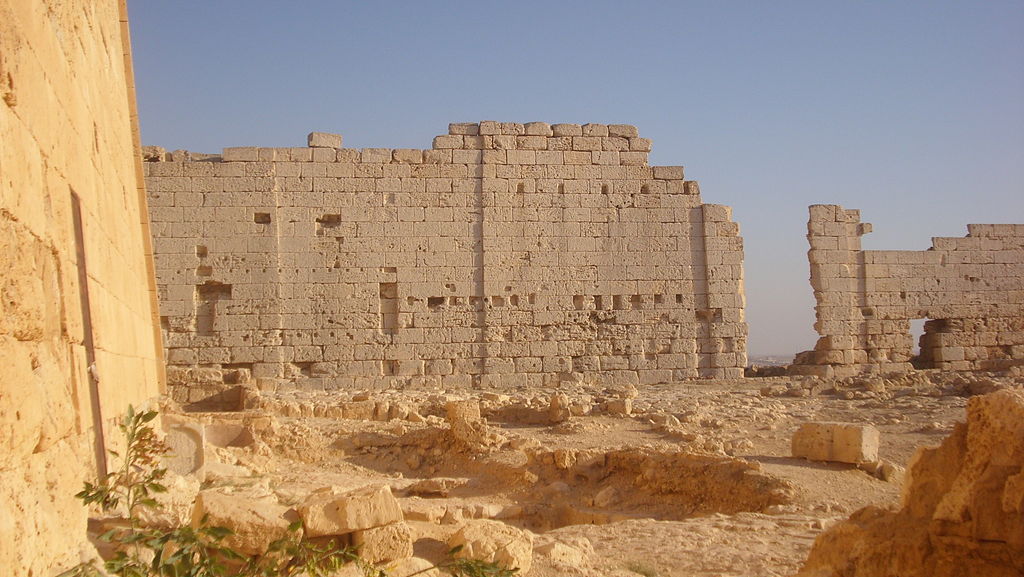Good news for egyptologists and those who love Ancient Egypt History. As CNN reported this Tuesday, a team of archaeologists may be very close to discovering the lost tomb of Cleopatra, the most famous female Pharoh in History. After successfully petitioning the Egyptian government to conduct research in the area, she and her team began digging the site, in the area of the Temple of Taposiris Magna, Alexandria. over the past 20 years.
Born in 70 BCE, Cleopatra was an Egyptian queen, famous in history and drama as the lover of Julius Caesar and later as the wife of Mark Antony. She was the last queen of the Macedonian dynasty that ruled Egypt between the death of Alexander the Great in 323 BCE and its annexation by Rome in 30 BCE. She became queen on the death of her father, Ptolemy XII, in 51 BC and ruled successively with her two brothers Ptolemy XIII and Ptolemy XIV and her son Ptolemy XV Caesar.
Cleopatra committed suicide after her husband, the Roman general Mark Antony, died in her arms in 30 BCE. The means of her death is uncertain, though popular belief suggests that she had killed herself using an asp, a symbol of divine royalty. She was 39 and had been a queen for 22 years.
The discoveries

Led by Kathleen Martinez, an archaeologist at the University of Santo Domingo, the team of archaeologists has dug a 1,305-meter (4,281-foot) tunnel, located 13 meters (43 feet) underground.
The Egyptian Ministry for Tourism and Antiquities considered the discovery an “engineering miracle” made by the archaeological team.
“The excavation revealed a huge religious center with three sanctuaries, a sacred lake, more than 1,500 objects, busts, statues, golden pieces, a huge collection of coins portraying Alexander the Great, Queen Cleopatra and the Ptolemies,” Martinez told CNN.
A student, a linguist, a mother and a philosopher
Martinez said that the most interesting discovery is the complex of tunnels leading to the Mediterranean Sea and sunken structures.
Now, exploring these underwater structures will be the next stage of her search for the Egyptian queen’s lost tomb.
“My perseverance cannot be confused with obsession. I admire Cleopatra as a historical character. She was a victim of propaganda by the Romans, aiming to distort her image,” Martinez said.
“She was an educated woman, probably the first one who studied formally at the Museum in Alexandria, the center of culture in her time,” according to the archaeologist.
She added that her admiration for Cleopatra is because she distinguished herself as a student, a linguist, a mother and a philosopher.
The most important discovery of the century
Martinez told CNN that Cleopatra was considered in her time to be “the human incarnation of the goddess Isis,” as Antony was considered to be that of the god Osiris, Isis’ husband.
Some historic indications are making Martinez believe Cleopatra’s tomb might be located in the Temple of Osiris in the ruined city of Taposiris Magna, on Egypt’s northern coast.”No other place, structure or temple combines so many conditions as the temple of Taposiris Magna.”
Now, Martinez said, she is at “the beginning of a new journey” — underwater excavations. The archaeologist said she is hopeful.” If the tunnels lead to Cleopatra it will be the most important discovery of the century,” she told CNN.





